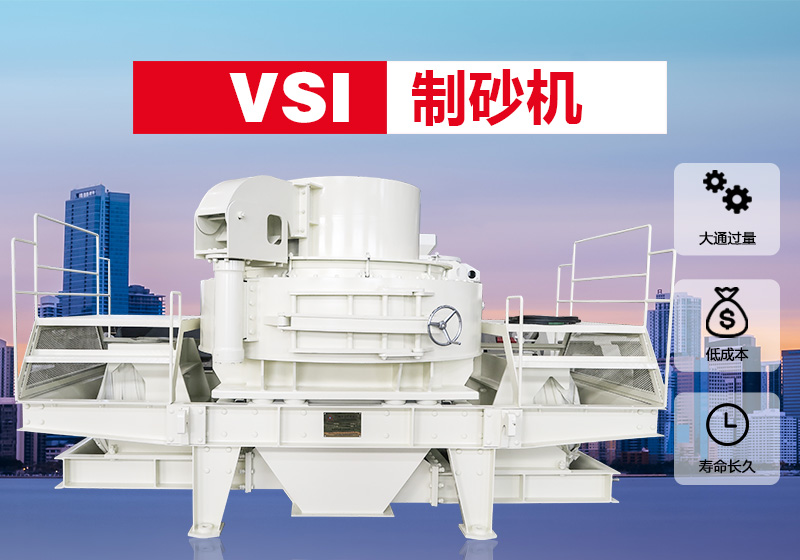1. Gear installation and meshing problems:
Improper installation and meshing of large and small bevel gears destroy the correct meshing conditions of gears, resulting in additional impact vibration and sliding wear of gears during operation, thereby generating noise.
Insufficient tooth clearance or low gear processing accuracy may cause high-frequency collision sound or tooth hitting, increasing noise.
2. Main shaft and cone bushing clearance problem:
The matching clearance between the main shaft and cone bushing is not appropriate. Excessive clearance causes unstable operation, vibrates the cone crusher body, and generates noise; too small clearance is easy to cause shaft seizure.
3. Eccentric shaft sleeve and frame bushing clearance problem:
The clearance between the eccentric shaft sleeve and the frame bushing is too large, causing additional impact load and generating a lot of noise.
4. Unbalance problem in operation:
Unbalanced inertia force and inertia moment in operation cause impact vibration, thereby generating noise.
5. Component wear and failure:
Severe wear of the eccentric wear plate leads to a reduction in tooth clearance and a high-frequency collision sound.
The loose or elliptical crushing liner, the crushing chamber seal or the liner "iron hitting iron" may all produce noise.
Failure of the crusher, such as non-crushed objects entering the crushing chamber, belt deviation, main machine imbalance, etc., will also produce noise.
6. Improper process layout and protective measures:
The process layout of the crusher is unreasonable, or no appropriate protective measures (such as soundproof walls, soundproof doors, etc.) are taken, resulting in noise propagation to the surrounding environment.
In order to reduce the noise of the cone crusher, the following measures can be taken:
1. Gear adjustment: Check and adjust the installation and meshing of the gears to ensure that the gears are properly meshed and the tooth clearance is appropriate.
2. Gap adjustment: Adjust the gap between the main shaft and the cone bushing, the eccentric sleeve and the frame bushing to ensure that it is within the appropriate range.
3. Replace worn parts: Replace severely worn parts in a timely manner, such as eccentric wear plates, crushing liner, etc.
4. Process layout and protective measures: Optimize the process layout, set up soundproof walls, soundproof doors and other protective measures to reduce the impact of noise on the surrounding environment.
5. Maintenance and debugging: Regularly maintain and debug the crusher to ensure its normal operation and reduce the occurrence of faults and noise.






 Leave Message
Leave Message Chat Online
Chat Online











